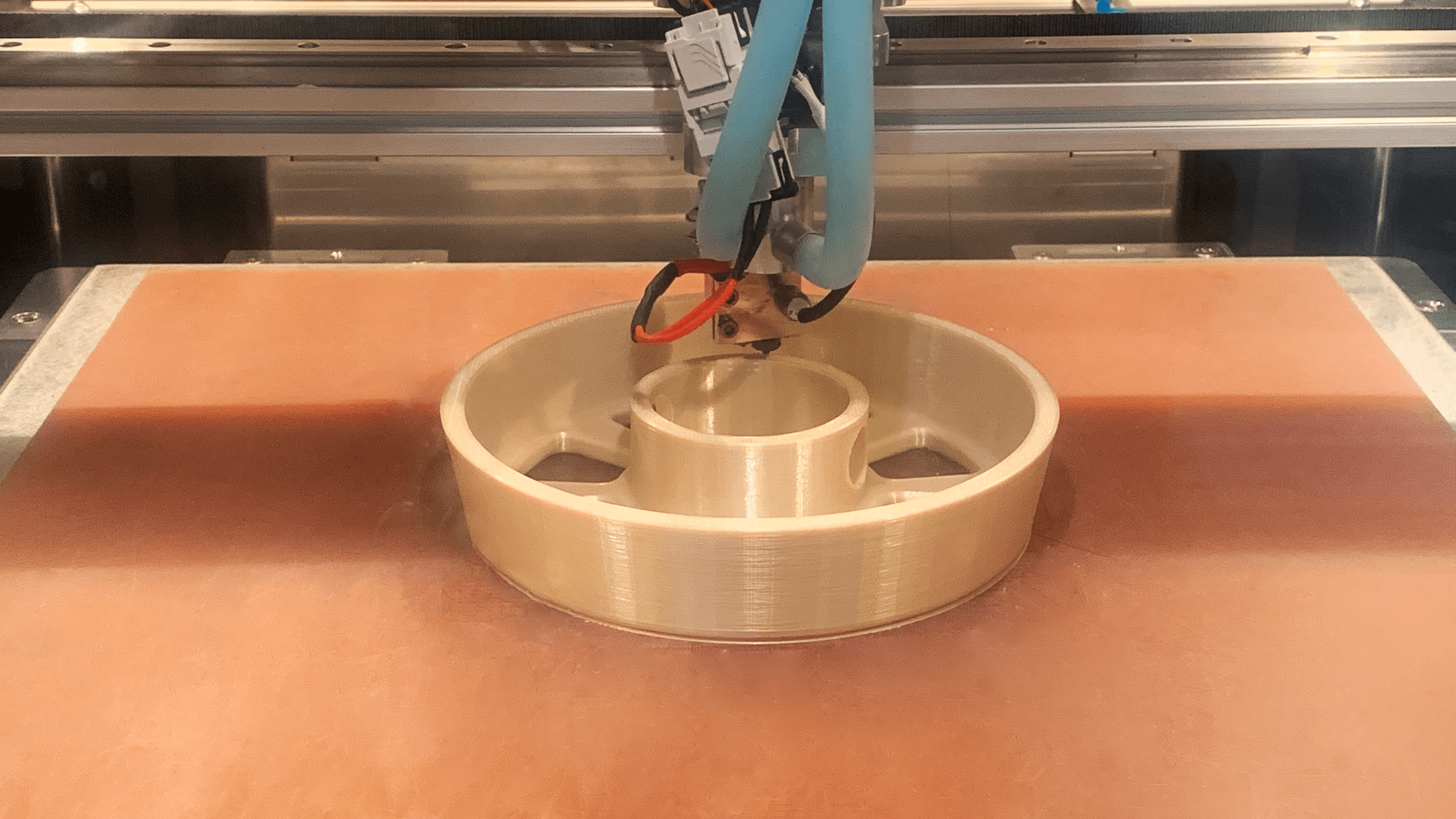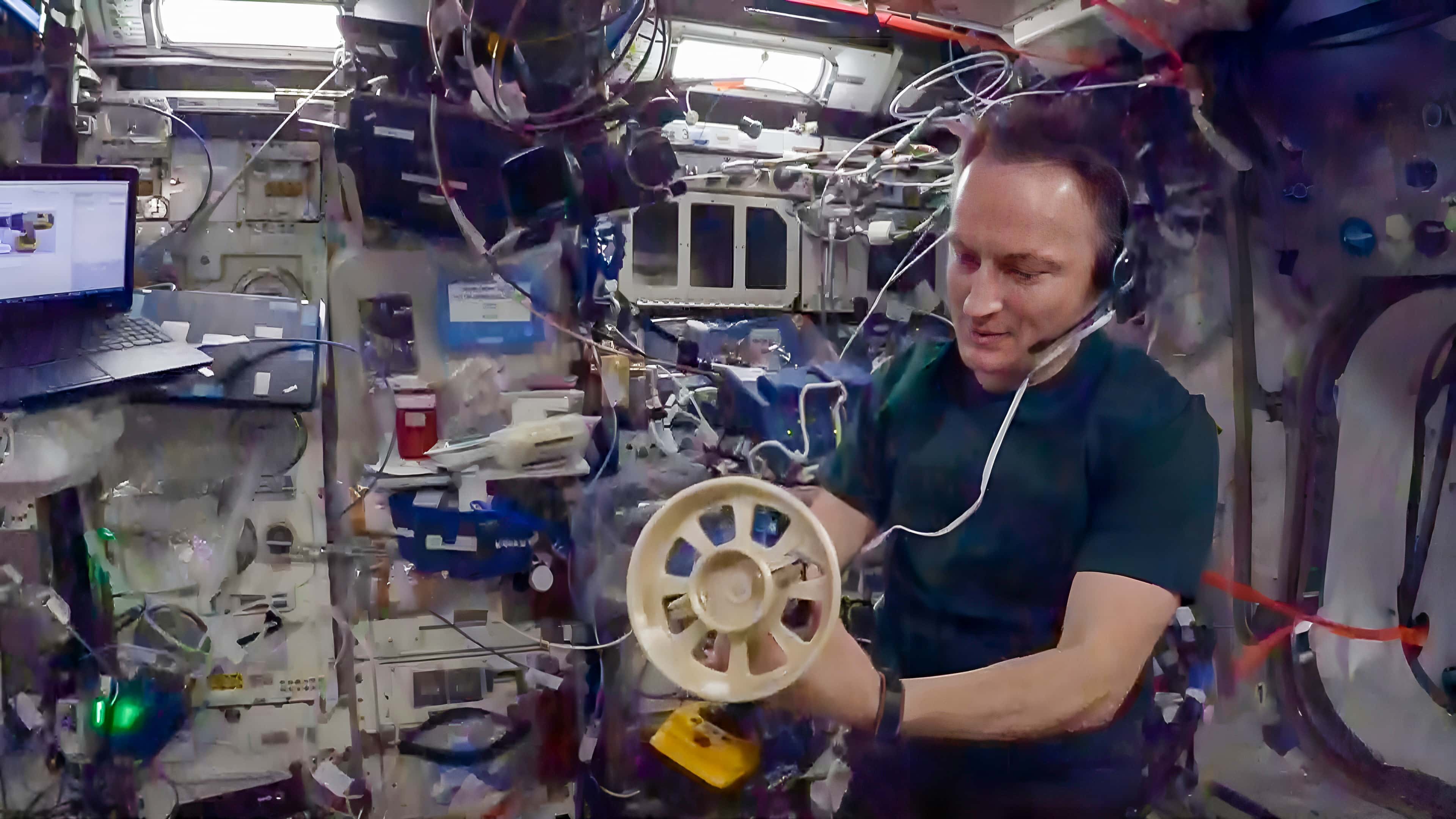3D Printing with PEEK, PEKK, & ULTEM™
Join AON3D's 3D printing application and materials experts for a 30-minute session that covers all the key information
Developing functional parts for applications in space is challenging for several reasons. From a manufacturing perspective, engineers are faced with unique design constraints and tight deadlines to meet the specific launch windows. This case study presents how the Canadian Space Agency increased process efficiency and decreased cost & time to develop flight ready parts with additive manufacturing.

The Company
The Canadian Space Agency (CSA), established in 1990, is the national space agency of Canada. A few major contributions of the CSA include the James Webb Space Telescope, Canadarm2, Dextre and the Mobile Base System on the International Space Station (ISS). Today, the agency is supporting innovation, science, and economic development through investment in space technologies.
The Challenge
The CSA was challenged to design a flight ready component for the ISS. The engineering team found that traditional manufacturing methods such as CNC and injection molding would increase prototyping costs considerably and would delay the development of end-use parts. In addition, materials selection for this application was critical to ensure compliance with NASA’s standards for outgassing. This was a primary design consideration to ensure parts in space meet the required safety standards.
The Solution
Additive manufacturing allowed for iterative design through rapid in-house prototyping where implementing minor modifications to each design was streamlined. Compared to traditional manufacturing which could take several weeks and multiple production stages, 3D printing on the AON M2 took 16 hours to produce the final part.


Application & Prints
ULTEM™ 9085, a high-performance thermoplastic, was used to manufacture parts for the ISS. According to NASA’s standards for outgassing, ULTEM™ meets the safety considerations due to low Total Mass Loss (TML) in vacuum, flame retardant properties, and non-toxicity. The printed ULTEM™ was sent for mechanical testing at CSA prior to safety review and launch by NASA.

The printed device was used to explore different methods of blood sample preparation to improve the performance of on-orbit instruments. Centrifuging the blood using the 3D printed part part separates it into its components by a process known as blood fractionation. This technique is used to analyze the elements of samples from astronauts to create new diagnostic information about the short- and long-term health considerations of humans in space.
The Future of 3D Printing for Space
The CSA aims to further explore the benefits of additive manufacturing by developing in-house expertise. The success of their ULTEM™ part has instigated several projects that require 3D printing to optimize design and manufacturing workflows. The agency has been considering other high temperature plastics such as PEEK, a material capable of withstanding the extreme heating and cooling cycles in space. This will be used to develop the terrestrial prototype of a lunar rover as part of the upcoming PEEKbot project. The PEEKbot project is a university-led project funded by NSERC-Prima Québec-CREPEC aiming at developing a rover structure able to withstand the lunar night.
Achieve New Levels of Part Performance & Throughput
3D print the world's highest performance polymers - bigger, faster, and stronger than ever.
